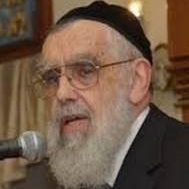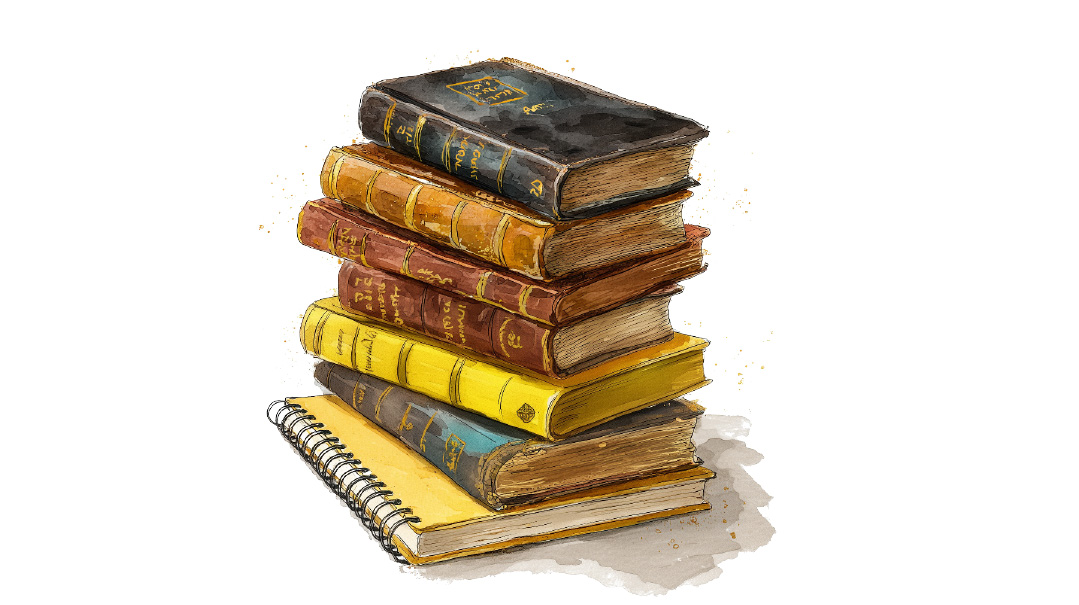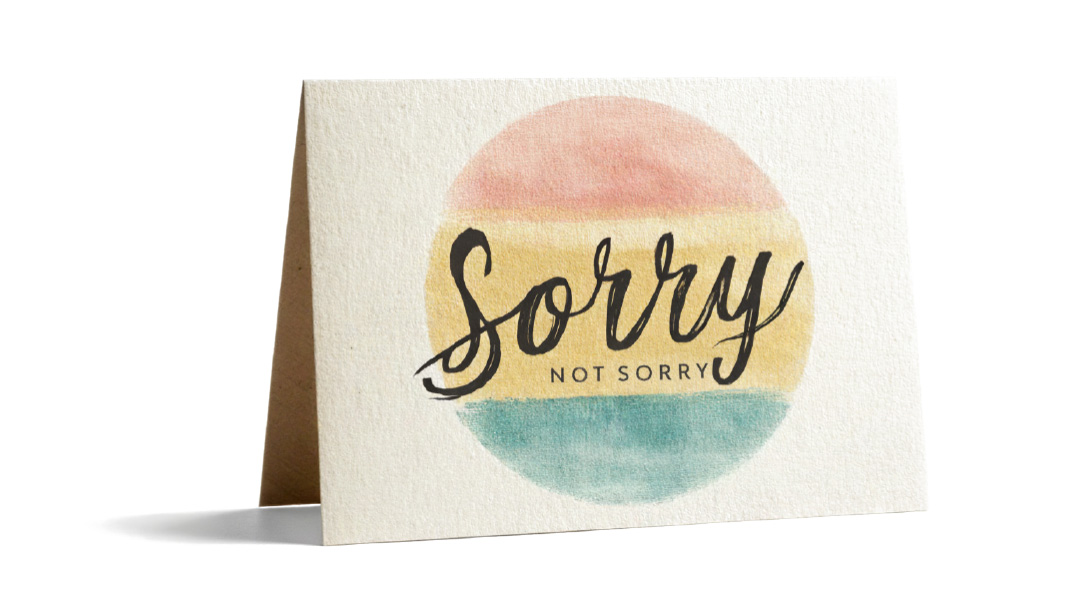Of Nightclubs and Kollelim

The inevitable result of raising generations without Torah anchoring
“Why mourn on Tishah B’Av,” a man asks me, “for an event that happened thousands of years ago? We finally have a Jewish state, a flourishing economy, outstanding high tech, innovation, military. Mourning? We should be celebrating!”
A legitimate question, but only on the surface. For Tishah B’Av is the ultimate reality check, and a candid look beneath the surface reveals not celebration but concern. For Tishah B’Av haunts our history; it deals not only with the Jewish past but with the Jewish future.
Here are some unvarnished items of concern, over and above the worldwide recrudescence of anti-Semitism, which reminds us, as we recite the ancient kinnos, that nothing has changed and that Jewish defense agencies need not fear for their jobs. Eisav still hates Yaakov.
More insidious is our self- inflicted destruction: We are losing millions of Jews to Jewish ignorance and assimilation, with Europe and America showing intermarriage rates of 80%. Oy lanu, cries Yirmiyahu in 4:13. “Woe — oy vey — to us!” What our enemies could not do, we are doing to ourselves.
The founding of a Jewish state was supposed to enable us to remain proud Jews. The joke is on us. For beneath our remarkable strides in the physical realm, there lurk two additional long-term problems relentlessly ticking away like time bombs.
Firstly, tens of thousands of Israelis, especially young people, have no idea of what it means to be a Jew, and no awareness of the sanctity of the Land. Deliberately denuded of any religious consciousness, their major hope for Eretz Yisrael is that it should become like America, k’chol hagoyim. Just as individual Jews around the world yearn to assimilate among the goyim, so do many young secular Israelis — never exposed to genuine Jewishness — long for the day when the Jewish state will assimilate among the Nations and become just another country on the Mediterranean — like Greece, like Italy, like Spain.
Such is the inevitable result of raising generations without Torah anchoring, without any exposure to Chumash or Mishnah, without ever having heard of Rambam or Rashi. If the early secular Zionists wanted a state to mimic every other state, if they wanted to cast off the constraints of Shabbos and Yom Tov and sanctity — like the goyim — the hundreds of young people cavorting on the beaches on Rosh Hashanah, marking New Year’s Day like the goyim, confirm that these goals have materialized.
The result is that Israel is in danger of splitting into two camps. The nightclubs in the Tel Aviv area are packed with passionate devotees, and the yeshivos, kollelim, and Bais Yaakov schools in the Tel Aviv area are packed with passionate devotees. Have we already achieved two peoples, two cultures, and never the twain shall meet?
But Israel faces even more serious long-term worries. Of the huge immigration to Israel from the former Soviet Union in the 1990s — urged on by a secular Israeli government looking for demographic numbers, whether Jewish or not — the vast majority never underwent serious conversion to Judaism. Hundreds of thousands never even underwent a non-serious perfunctory conversion, much less acceptance of G-d and the Torah of the Jewish People. And many thousands still openly proclaim that they are Christians and attend church. This means that there are minimally thousands upon thousands of these immigrants whose Jewishness is halachically highly questionable. The implications are staggering. For as their children and grandchildren integrate fully, Eretz Yisrael will theoretically contain untold numbers of Hebrew-speaking Israelis who are halachically not Jewish: non-Jewish Jews with no shared memory and no shared fate. And when the Jewishness of such Israelis — who by now have served in the army and are fully integrated — is questioned, the inevitable retort is “typical Orthodox racist intolerance.” Result: Not only in the Diaspora but even in Israel, intermarriage with non-Jews is a constant possibility. (See the recent book from Columbia University Press, When the State Winks, by Kravel-Tovi: not a polemic, but an objective examination of the conversion problem.)
A nightmarish, mind-boggling scenario: After 2,000 years of our pleading, G-d gives us the Holy Land, and in short order we transform it into a land where myriads are possibly not Jewish, plus countless others who are Jewish but wish they weren’t.
Why mourn on Tishah B’Av for something that happened millennia ago? Is it a time to celebrate? Save that for Yom Haatzmaut. Tishah B’Av is a chance to confront reality — and to ask G-d to save us from ourselves. Because the events of thousands of years ago reverberate until today. There are no easy solutions, but to identify the issues is the first step. May He guide us into that redemptive day when Tishah B’Av will miraculously be transmogrified, in the words of Eichah 1:15, into a moed, a festival of true celebration.
(Originally featured in Mishpacha, Issue 772)
Oops! We could not locate your form.






